

- Contact Us
- Search
-
Mayflower400 partner destinations:
Virtual Voyages: Mayflower 400: Legend & Legacy
In this Virtual Voyage, you'll be given an exclusive guided tour of the new Mayflower 400: Legend & Legacy exhibition at The Box in Plymouth.
This groundbreaking exhibition, years in the making, features scores of fascinating objects linked to the story from the USA, England, Netherlands and the Wampanoag Nation.
Go inside the replica of the ship and find the 17th-century pottery from which the passengers would have eaten, the toys the children would have played with, and an original 1600s map of Leiden, the Dutch city where they lived for more than a decade before their voyage across the Atlantic.
You’ll also get a glimpse the exhibition’s remarkable wall of descendants, covered in dozens of faces of those who are descended from the ship’s original passengers.
WITH THANKS TO:
Jo Loosemore and Dr Kathryn Gray
Leiden Archives
Leicestershire County Museum Services
Bristol Museums
SmokeSygnals
Pilgrim Hall Museum
National Museum of the American Indian
Royal Albert Memorial Museum
Behind Mayflower 400: Legend & Legacy
Mayflower 400: Legend & Legacy is an exhibition about the journey that has come to define England’s relationship with with America.
It brings together objects from museums, libraries and archives across the UK, the US and the Netherlands, as well as objects from Native America.
Four hundred years ago, the 102 people of the Mayflower were already at sea - men, women and children all packed together in what was a long way from being a passenger ship.
The Mayflower was a cargo ship, so just imagine all of those different age groups together - people of different backgrounds, different birth places, and quite possibly different beliefs as well.
Telling the story of the Mayflower passengers
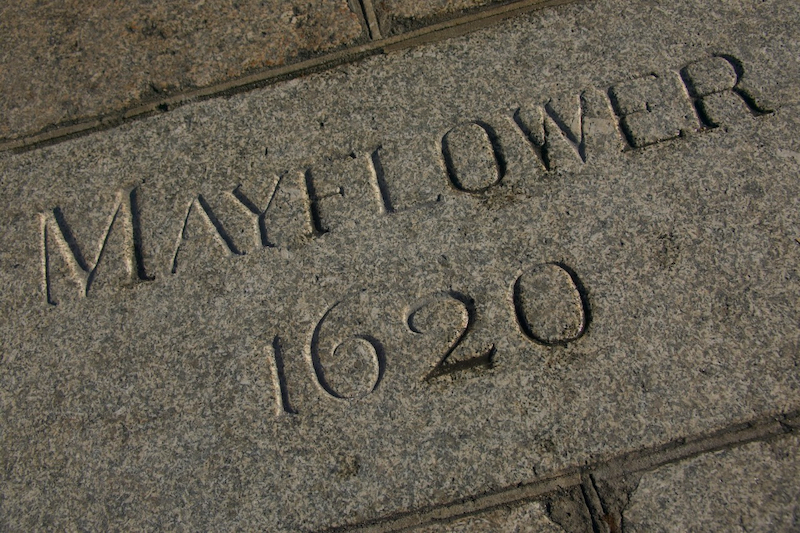
Jo Loosemore, curator of Legend & Legacy at The Box Plymouth, says: "We felt it was very important to represent each and every one of the 102 passengers on board.
"The historic record shows them in 28 groups, and some of those were families - like the Brewsters. William and Mary were the parents and they travelled with two sons, Love and Wrestling.
"Everyone loves their names, but what is intriguing about the Brewster family is that Love and Wrestling's siblings were left behind in Leiden, Holland.
"However, someone was also added to this family grouping: Richard More, who was one of the four More children.
"Their story was fascinating because all four of them - every one of them aged under 10 years - travelled without either of their parents on the Mayflower in 1620."
Visitors to The Box can follow the More children's fate through lines on the floor of the exhibition which will take you not only across the Atlantic, but also into their lives beyond the voyage.
Life in Leiden
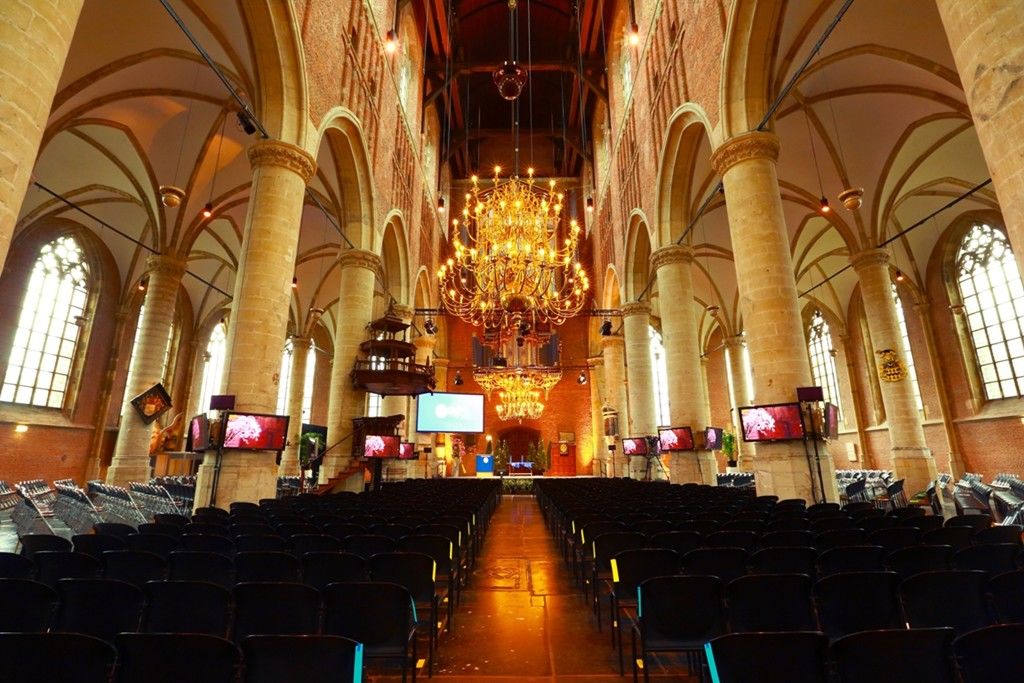
Four nations are represented in the Legend & Legacy exhibition, one of which is the Netherlands.
Leiden is a hugely important location in the Mayflower story, because the separatists who left England to flee religious persecution, actually arrived in Holland a decade before they decided to travel to North America.
Dr Kathryn Gray, Associate Professor at the University of Plymouth, says: "This was a part of the story we felt was very important to be reflected in this exhibition that tells the full story about that separatist experience.
"Legend & Legacy contains a map of Leiden in the 1600s, and it gives visitors an idea of where the separatists were living during the decade they were in exile from England.
"You can see on the map St Pieterskirk, the church that was so essential to the religious identity of the separatists when they were staying in Leiden.
"Leiden was a city of refugees at this time, and the separatists who had fled England were, on the whole, also there as refugees.
"The group's life there became quite difficult, and William Bradford tells us in 'Of Plymouth Plantation' about the challenges they faced.
"Many of them were working in the textile industry, which was one of the most prominent industries in Leiden at that time, and they did find that work difficult. It was hard labour and they were struggling."
Time for a change
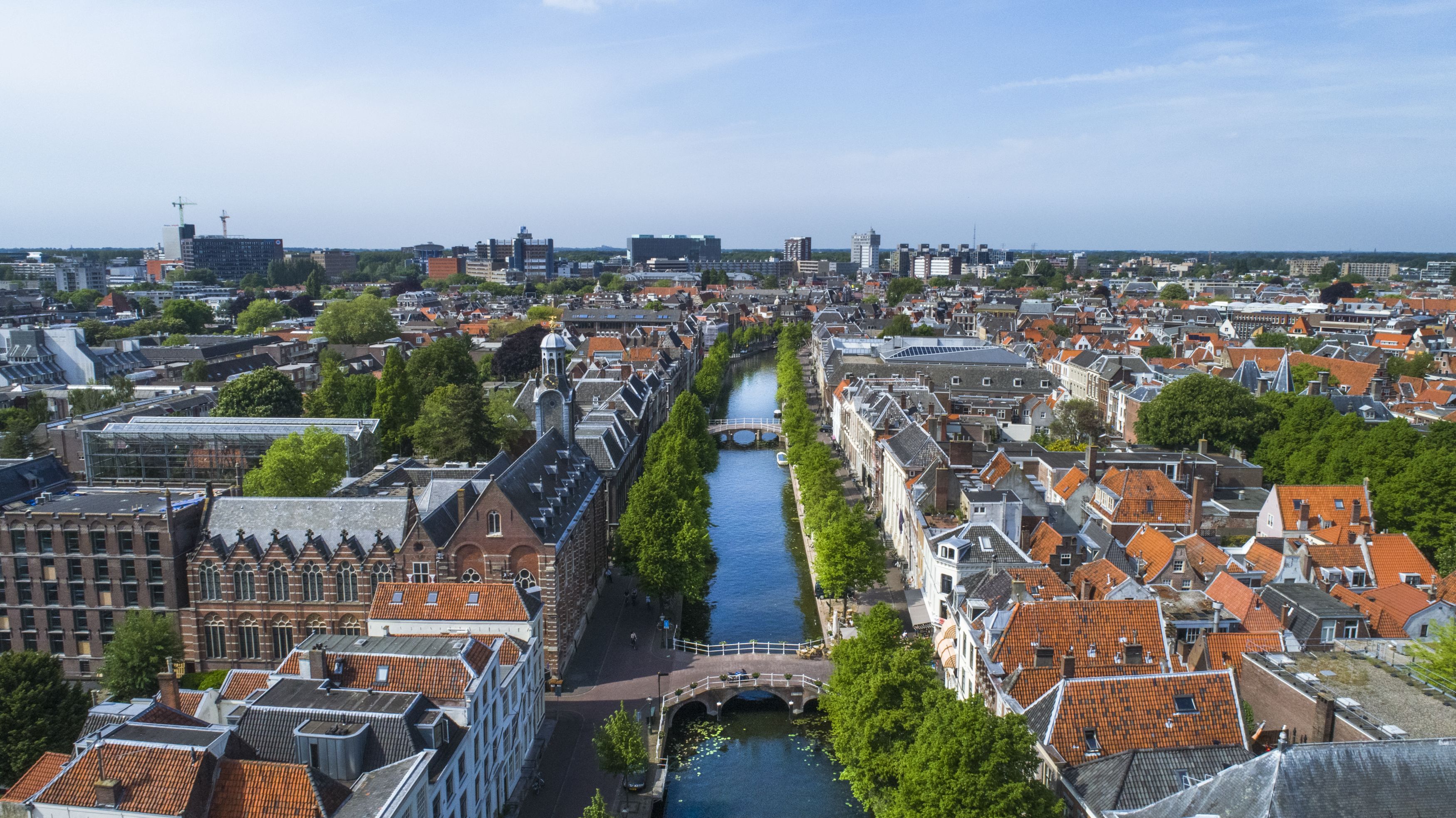
After a decade of living in Leiden, the challenges were beginning to mount up for a number of the separatists.
Another reason that became important to them was about propagating the gospel, so they wanted to convert Native Americans to Christianity.
There was also the end of the truce with the Spanish, so on the horizon was the potential for war which, while not first and foremost one of the reasons that they left Leiden, was certainly on their minds.
Children of the Mayflower
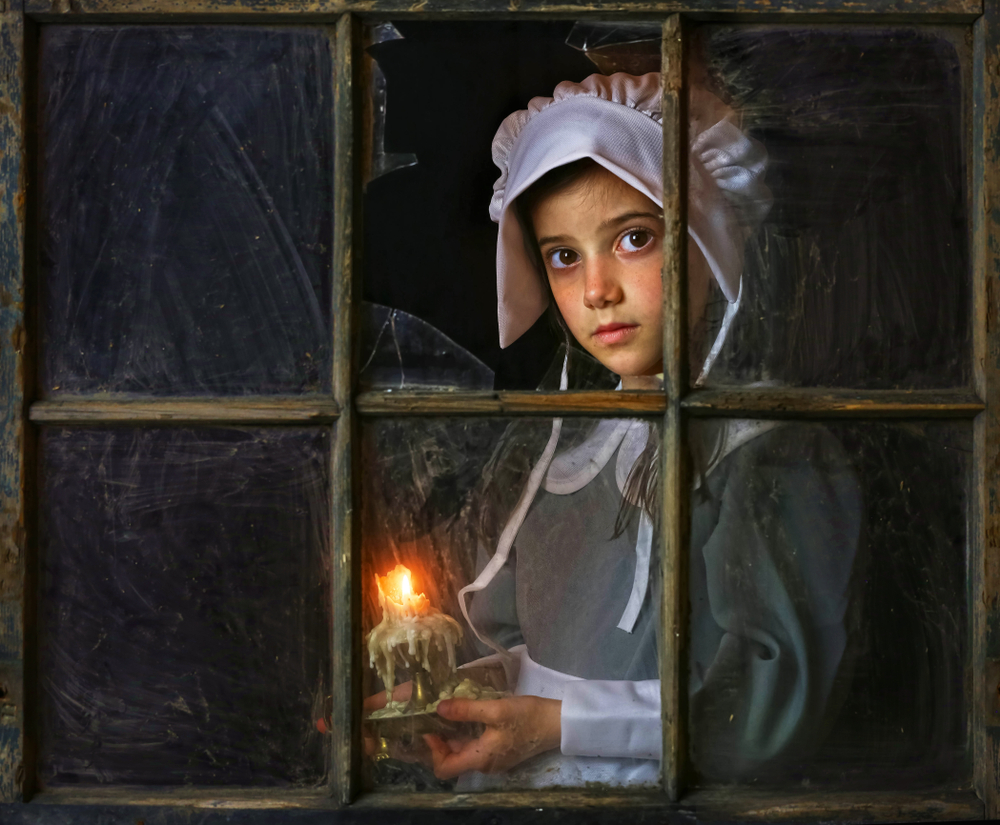
Jo explains: "When putting together the Legend & Legacy exhibition, we really wanted to think about the children on board the Mayflower.
"We don't know exactly what they did, but we thought it would be interesting to think about what they might have done.
"Within the exhibition are a number of 17th-century toys - tops, tip cats and beads - which they might have played with on board."
Objects of the Mayflower
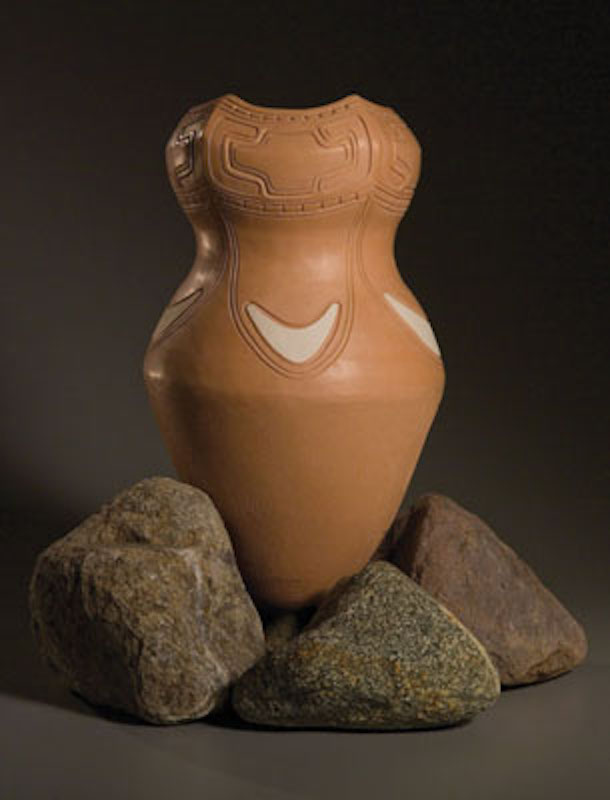
Kathryn says: "We have examples of West Country pottery from the 17th century, so it gives us an idea of the pottery the passengers would have been familiar with.
"Maybe more importantly, is that we know that examples of this kind of pottery have been found in archaeological sites of North America where the English colonial settlements would have been."
Acknowledging Wampanoag history
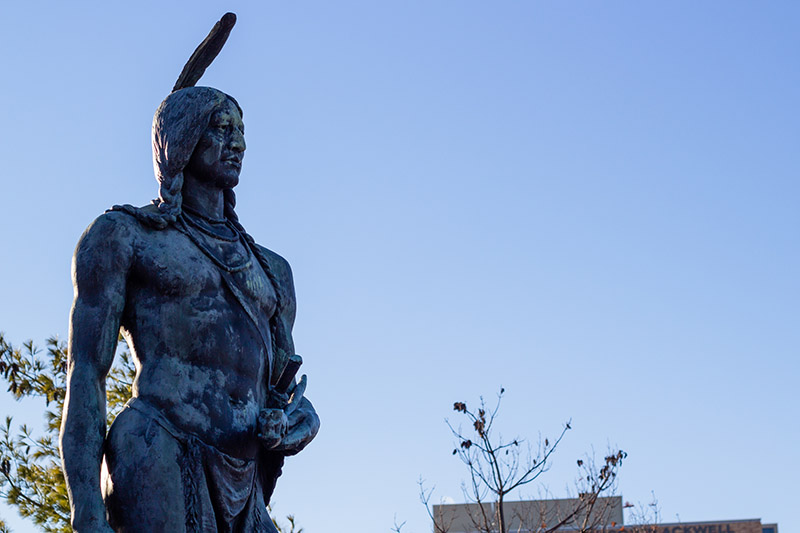
Jo adds: "We've been working to bring items of Wampanoag significance to England and to Plymouth for the first time.
"That includes an exciting new commission which has been made by Nossa Pocket, or Ramona Peters.
"Her piece is the first-ever commission from Plymouth to a Wampanoag artist, and we're so pleased and very honoured to have it here. It will eventually come into the permanent collections of The Box.
"It is contained within a case that represents not quite 12,000 years of Wampanoag society, but about 7,000 or so.
"We've got arrowheads that come from an English collection at Bristol museums, and we've also got material from the Pilgrim Hall Museum in Plymouth, Massachusetts.
"We were so pleased to be able to work with the National Museum of the American Indian to bring three pieces to England for the first time, and it's really our privilege to be able to display them here in Plymouth."
Legend & Legacy
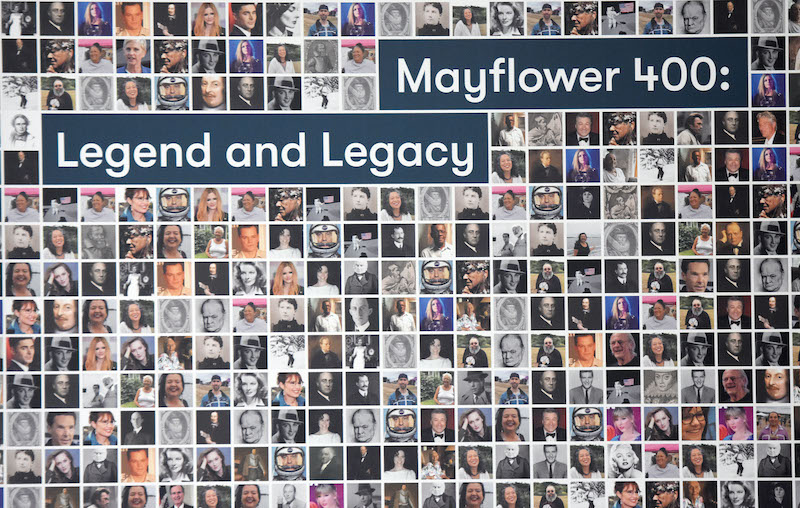
Your journey through the exhibition at The Box Plymouth ends in the Legacy section, which contains contemporary descendants of the people of the Mayflower - the descendants of those passengers.
You'll even get the chance to see some famous descendants - former presidents, film stars, singers, and also the tribal elders of the Wampanoag people today.
This proves that this story is shared by four nations even today.
Sign up for the latest Mayflower 400 news
You'll be the first to hear the latest Mayflower news, events, and more.
Log In
Register
Mayflower 400 Proudly Supported by our National Sponsors and Funding Partners






